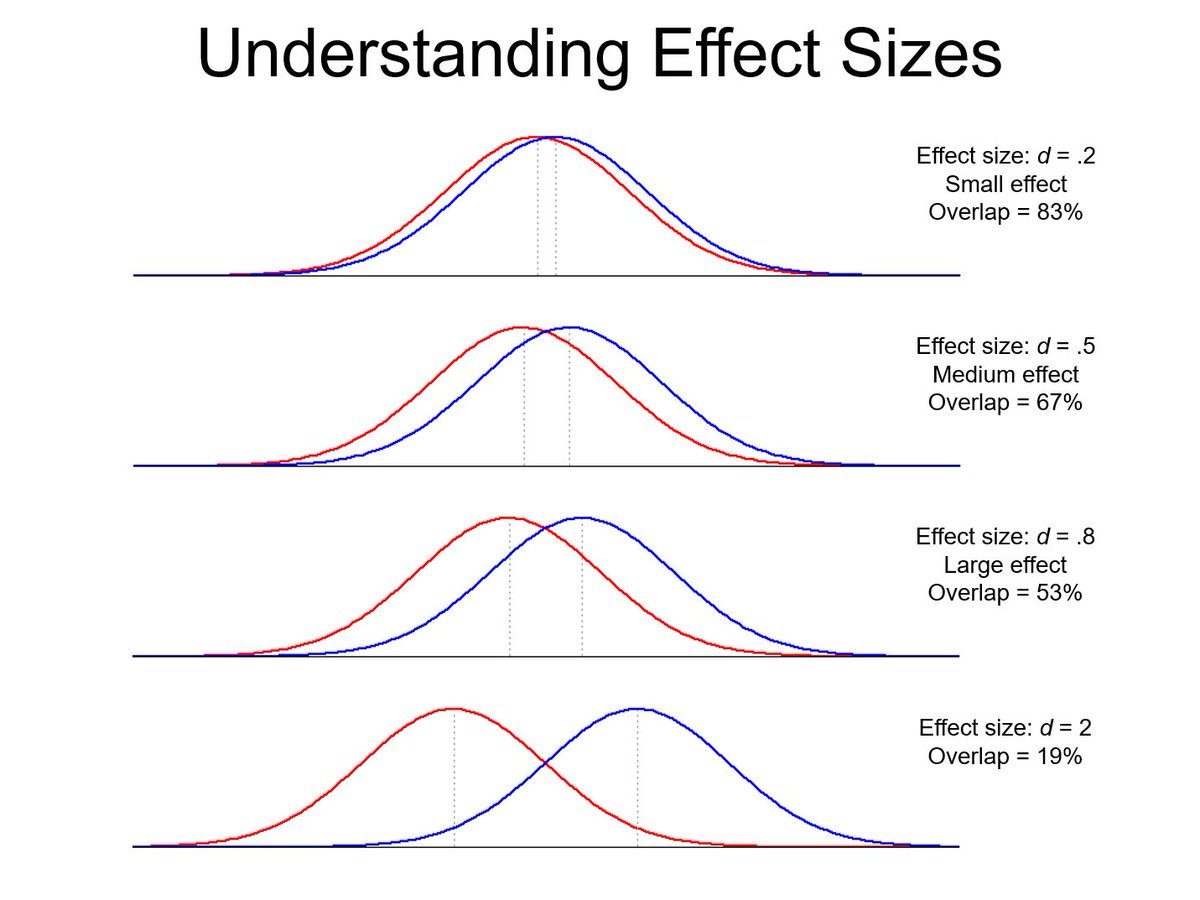The typical problem in research: We have a great idea, a great identification strategy...but we can't find a variable we'd need in any existing data set.
Another "problem": We find an amazing data set with multiple measures of that variable. Or maybe the data is large and rich enough that we can cut the data in many, many different ways to do subgroup analysis.
What's the problem with that? The problem is that if we run enough regressions, by chance, we should get at least one estimate of interest with a p-value of less than 0.05. This is nothing to be excited about. So how do we adjust our standard errors to take into account that we're running multiple regressions?
One answer: Westfall-Young adjustments
Great news: It's easy to implement in Stata, even with clustered standard errors. See this twitter thread explaining it. Or see here for a more detailed explanation. Or just type “ssc install wyoung, replace” into Stata and then read the help file.
Thank you, Julian Reif and coauthors, for sharing this very useful resource with all of us!

